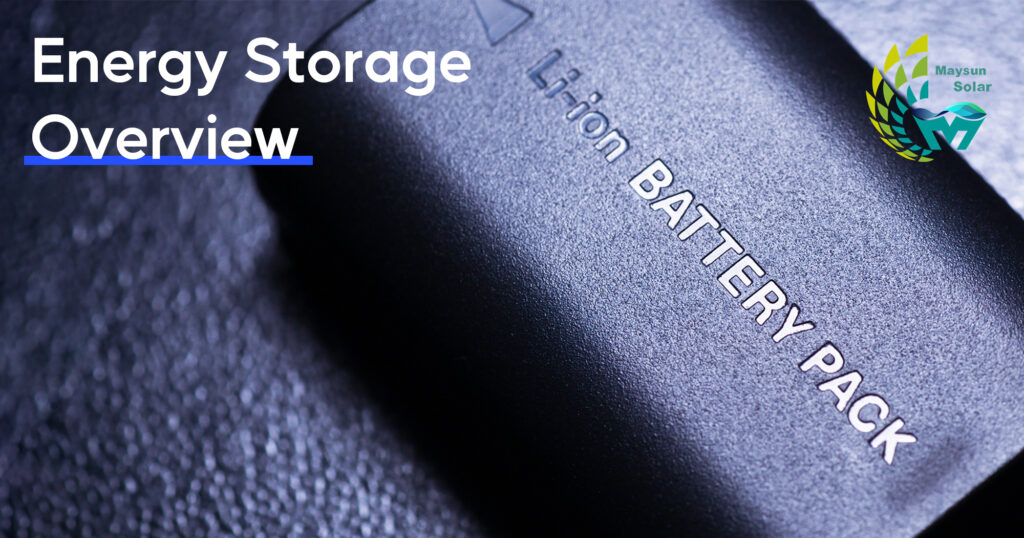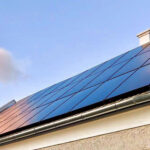Energy storage is becoming increasingly important for achieving sustainable operations, especially in the information and communication technology sector. That’s because energy storage helps companies store solar, wind and other such renewable energy.
What is energy storage?
Energy storage is the storage of primary produced energy in specific equipment or systems so that it can be used later as needed to reduce the imbalance between energy demand and energy production.The energy storage process involves the conversion of different forms of energy, because some forms are easier to store than others. A device that stores energy is often called an accumulator or battery.
How does energy storage work?
The battery
Batteries store electricity through an electrochemical process that converts it into chemical energy and then back into electricity when needed.
Photovoltaic energy storage
Photovoltaic energy storage system is a system that uses solar energy for photovoltaic energy storage and power generation.Photovoltaic energy storage system consists of two large equipment, photovoltaic equipment and energy storage devices, photovoltaic devices which absorb the solar energy into electricity, energy storage device (with lead-acid battery as the energy storage device) photovoltaic equipment will produce electricity for storage, when the pv system running, the energy storage system will be through the transformation, the electrical energy will be stored into the ac supply network use. Specifically, it can be divided into photovoltaic off-grid power generation system, parallel off-grid energy storage system, photovoltaic grid-connected energy storage system, and micro-grid energy storage system.
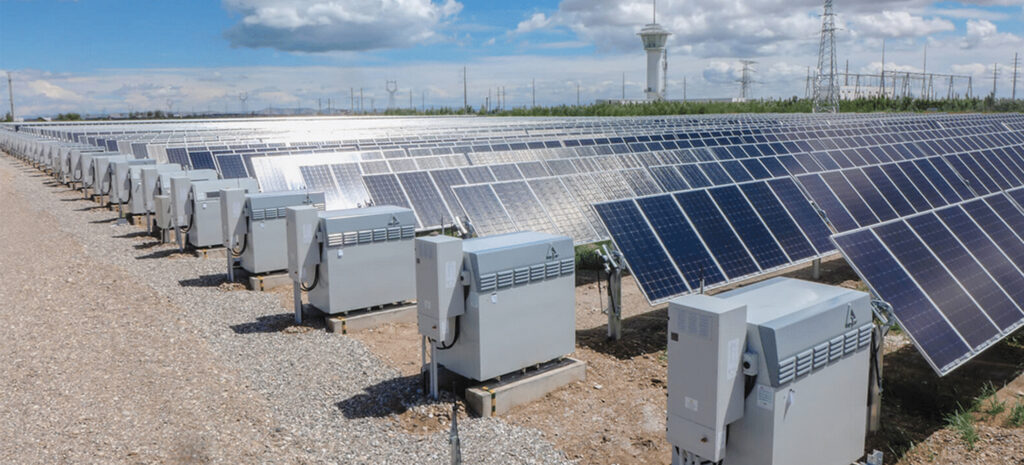
Pumped storage
Pumped storage converts the kinetic energy of falling water into electricity. Located along the grid’s transmission lines, these facilities can store excess power and quickly respond to grid demand (within 10 minutes).The system consists of two reservoirs of different heights that store energy by pumping water into the upper reservoir when supply exceeds demand. When demand exceeds supply, water is run down through turbines to generate electricity, which is released into lower reservoirs.

Heat storage
Concentrated solar energy (CSP) is a system that uses mirrors or lenses to collect solar energy and use the concentrated sunlight to heat a fluid to run a turbine and generate electricity. Heat can either be used immediately to generate electricity or stored for later use, which is called heat storage.
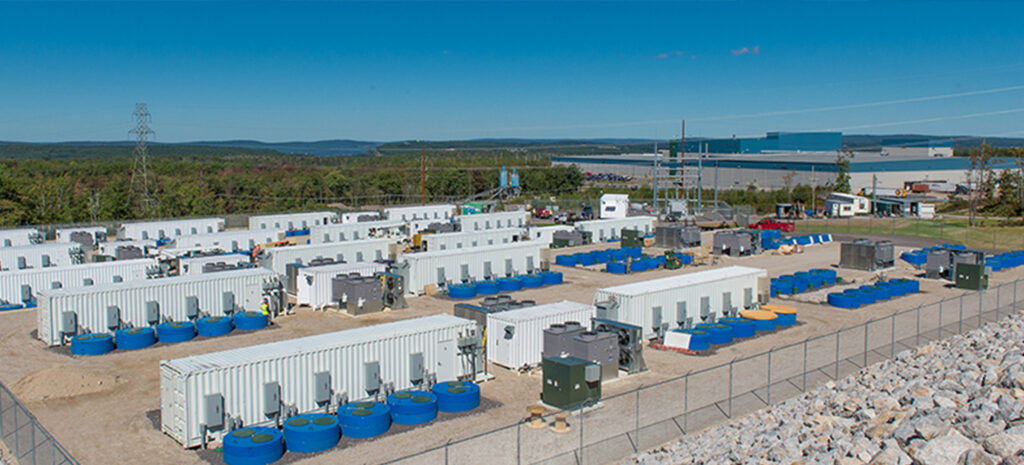
Compressed Air Energy Storage
Compressed Air Energy Storage (CAES) is a system that uses excess electricity to compress air and then store it in underground caverns. To generate electricity, compressed air is released and used to drive turbines. In a typical CAES design, compressed air is used to run the compressor of the gas turbine, thus saving about two-thirds of the energy needed to run the turbine.
Flywheel energy storage
Flywheel energy storage system converts electrical energy into rotational kinetic energy, which is stored in rotational mass. The flywheel is enclosed in a cylinder and contains a large rotor in vacuum to reduce drag. Electricity drives the motor, accelerating the rotor to very high speeds (up to 60,000 rpm). To release the stored energy, the motor acts as a generator, converting the stored kinetic energy back into electricity.
Type of energy storage battery
Lithium ion battery
Lithium ion battery has the advantages of high energy storage density, high charge and discharge efficiency, fast response speed, complete industrial chain and so on. It is the fastest developing electrochemical energy storage technology in recent years, occupying nearly 90% of the installed share of battery energy storage. The main technological routes are lithium iron phosphate (LFP) and ternary lithium (NCM and NCA). Although lithium-ion batteries have the largest market share, they use organic electrolytes, which are highly flammable and risk thermal runaway, resulting in safety and reliability issues during large-scale applications.

Sodium-ion battery
Sodium ion batteries mainly rely on the movement of sodium ions between the positive and negative electrodes to work, which is similar to lithium ion batteries in working principle and structure. In theory, compared with lithium ion batteries, they may have cost advantages, better rate, low temperature and safety, and the most important is the advantage of resource reserves.The energy density and service life of sodium ion battery are lower than that of lithium ion battery, which affects the application range of sodium ion battery.
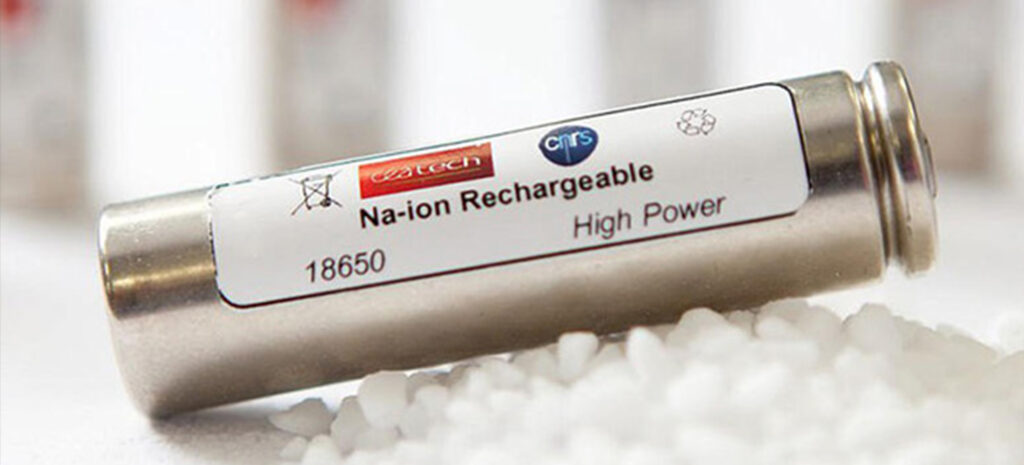
Flow battery
The flow battery can store and release electrical energy through the change of valence state of ions in electrolyte. Its power and capacity can be independently designed, flexible structure, high safety, large energy storage scale, high efficiency, long life, and high cost performance characteristics of life cycle, so that it has good application prospects in the field of large-scale energy storage
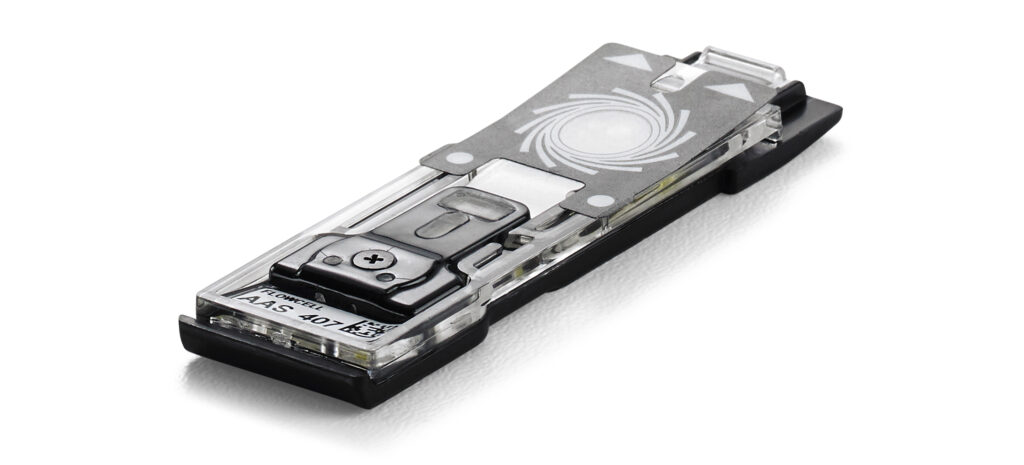
Lead battery
Lead battery is characterized by mature technology, low cost, safe and reliable, but low discharge power, short life. Lead battery mainly includes lead-acid battery and lead carbon battery. The research and development of lead carbon battery are mainly focused on lead carbon battery.
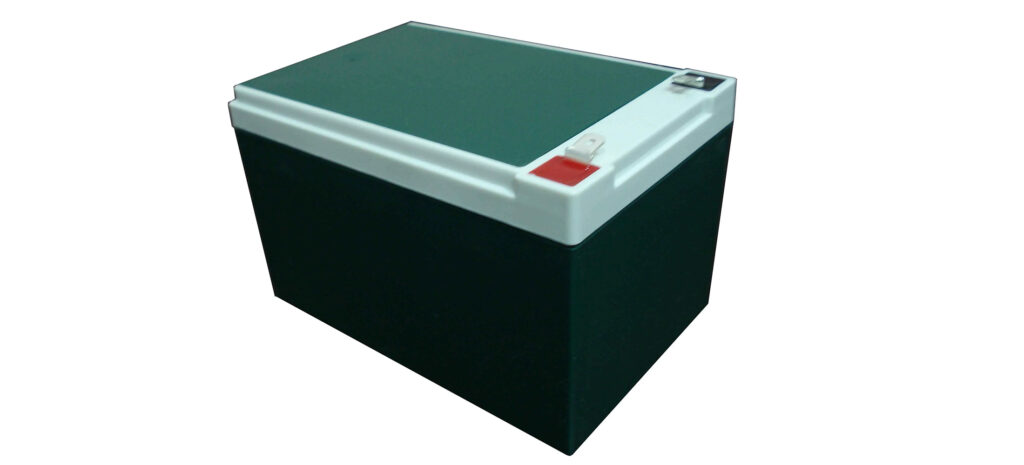
Sodium sulfur battery
The sodium-sulfur battery was first developed by Ford in the 1860s and has been applied, researched and promoted in the United States, China, South Korea, Switzerland and other countries in recent years due to its advantages in resources, long-term discharge, wide environmental temperature range, high energy and volume density. However, the sodium-sulfur battery may fail in the application process, and the sodium-sulfur battery energy storage power station may also be damaged, which limits its commercial development to a certain extent.
Why do we need energy storage?
Energy storage helps companies and departments save energy by using energy when demand increases or when the grid is disrupted. Energy storage always keeps consumers in balance with supply and demand and prevents challenges such as power inconsistencies and sudden price spikes. Storage can provide power frequency and voltage regulation and delay or avoid costly investments in transmission and distribution to reduce congestion. Energy storage is also valued for its rapid response – battery storage can quickly start discharging into the grid in a fraction of a second, while traditional thermal power plants can take hours to restart. This rapid response is important to ensure grid stability when demand unexpectedly increases.
Storage also becomes more important the further away you go from the grid. Households in rural communities far from the grid are more likely to be disrupted than those in metropolitan areas. Islands and microgrids have smaller service areas that are (or can be) disconnected from larger power grids. Because they may not be able to rely on the larger grid, these communities can use energy storage to avoid blackouts.
Photovoltaic energy storage is an energy storage method suitable for the public. If you want to try this energy storage method in your home, factory or company, Maysun Solar can provide you with suitable photovoltaic panels, please contact us.

